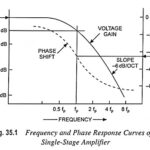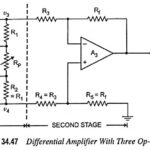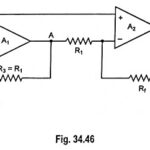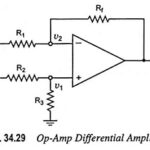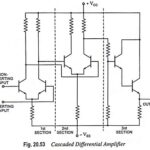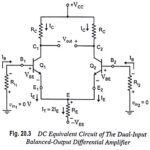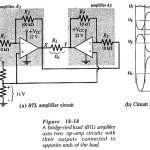Single Stage Amplifier Frequency Response and Phase Response Curves
Single Stage Amplifier Frequency Response and Phase Response Curves: The voltage gain of a single-stage transistor amplifier commences to fall off at some high frequency. This fall-off may be due…
